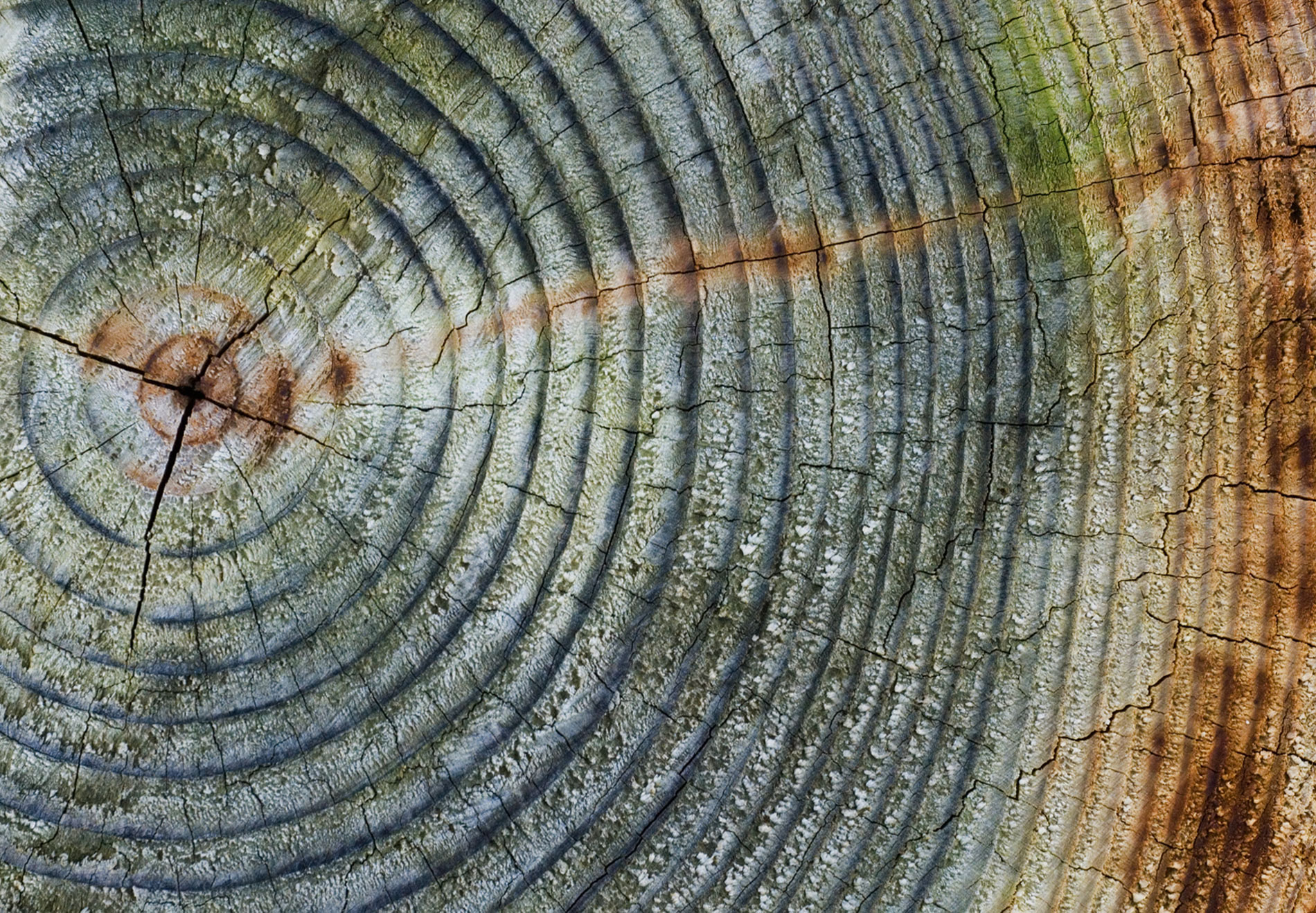
Soil
Soil Structure
Soils are produced from the disintegration of rock from weathering due to wind water, frost and sunshine. This very slow process takes many hundreds of years for this to occur and is enhanced from chemical action; vegetable material and animals life. There are many components to natural soil which includes minerals: organic matter: water: gases and bacteria. Humus (organic matter) in the soil is the result from decaying vegetable material. Bacteria laden soils with good drainage and adequate moisture are regarded as healthy.
Soil pH
Soils are either acidic low pH, neutral or alkaline, high pH and and measured using a pH scale 14 points with 7 being neutral. They can be tested in several ways including using a soil testing kit which will give you an accurate reading if required but generally home gardeners only require an indication what the soil pH is. This can be done using litmus paper that is purchased from your local chemist and inserted into prepared soil samples. Small samples can be taken from several parts the garden then mix together with boiled water to form a plasticine type texture. Dibble a small hole and the insert the liftmas paper three quarters of the way in and leave it there for 20 minutes. Be certain that both sides of the litmus paper are in contact with the soil. If the litmus paper turns deep red it indicates that the soil is very acidic but if turns slightly red to almost white it indicates that the soil is only slightly acidic to neutral which is ideal for most plant species.
Note; soil pH testing kits are widely available from hardware stores and nurseries.
Alkaline soil
Alkaline soil has a high pH and to make it more acidic you need to add composting material or manure; leaf litter and in extreme cases the application of powdered sulphur with about a handful per square metre. Peat moss and small amounts of magnesium sulfate or iron chelates can also be added. The beds then need to be thoroughly turn using a shovel and it will take some time before the soil becomes slightly acidic.
Acidic soil
Acidic soils have a low pH and are improved by the addition of dolomite or agricultural lime and chicken manure. Once applied thoroughly turn the beds over and keep moist. Care should be taken when applying lime as excessive amounts will cause the soil to become alkaline and the leaves on the plants turn yellowish, this is known as chlorosis. Several common plant species also dislike lime such as azaleas; rhododendrons; daphne; gardenias; potatoes and tomatoes.
Soil preparation
If your soil has a base of hard clay simply remove the top soil and cultivate the clay using a mattock, add organic matter or manure to the soil and replace or increase the top soil.
If your soil is sandy and will not retain moisture and has low fertility remove the first 50 cm of soil. Then lay a thick layer of newspaper over the bed and add composted material or manure. Replace the top soil once its had peat moss or manure added to it, then after planting up mulch the bed with compost to keep the soil cool and moist.
Note; the addition of uncomposted vegetable matter to the soil requires the bacteria to decompose it and results in a depletion of nitrogen supply to the plants.
Stony soil
If your soil consist of small stones, plants are generally happy with this well drained texture though it may be difficult to cultivate. To improve moisture holding capacity add organic matter and mulch heavily with composted material.
Loamy soil
Loamy soil is a mixture of humus sand and clay. There are several types one with ample sand is known as a sandy loam and one with predominantly clay is known as a clay loam. There is also a fibrous loam and loamy soil should not become hard or compacted during dry conditions. It should be well drained but have good moisture holding capacity and capable of returning nutrients.
Wet soils
Wet or waterlogged soil is normally unsuitable for growing a majority of plants unless you have a bog garden with the appropriate plants. Wet soil inhibitors oxygen to penetrate the ground and plants suffocate from the lack of oxygen. Organic matter becomes sour and produces an unpleasant smell. It is imperative that the soil be drained using rubble or agricultural pipes with a reasonable fall and back filled with aggregate. Once the soil is drained it should be cultivated and the addition of lime to sweeten prior to planting.


















